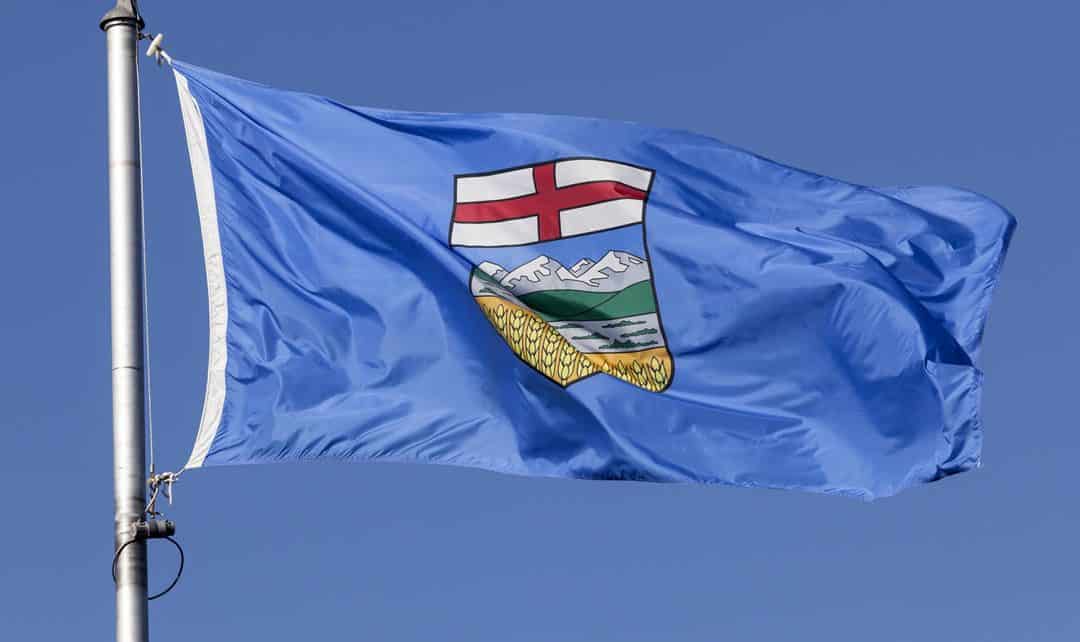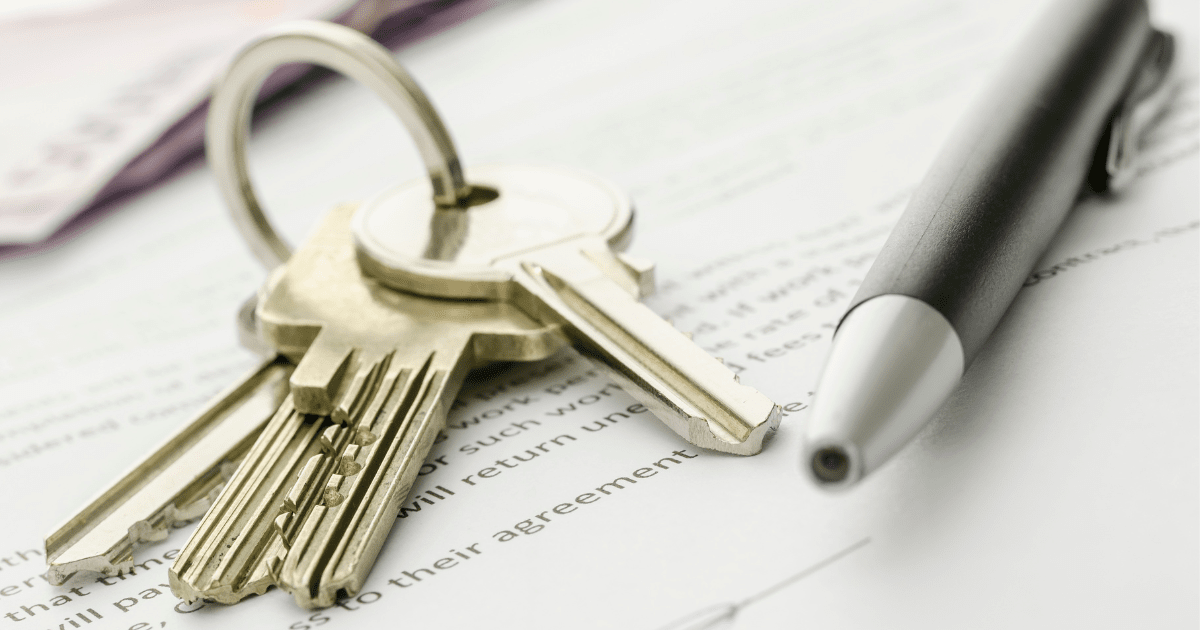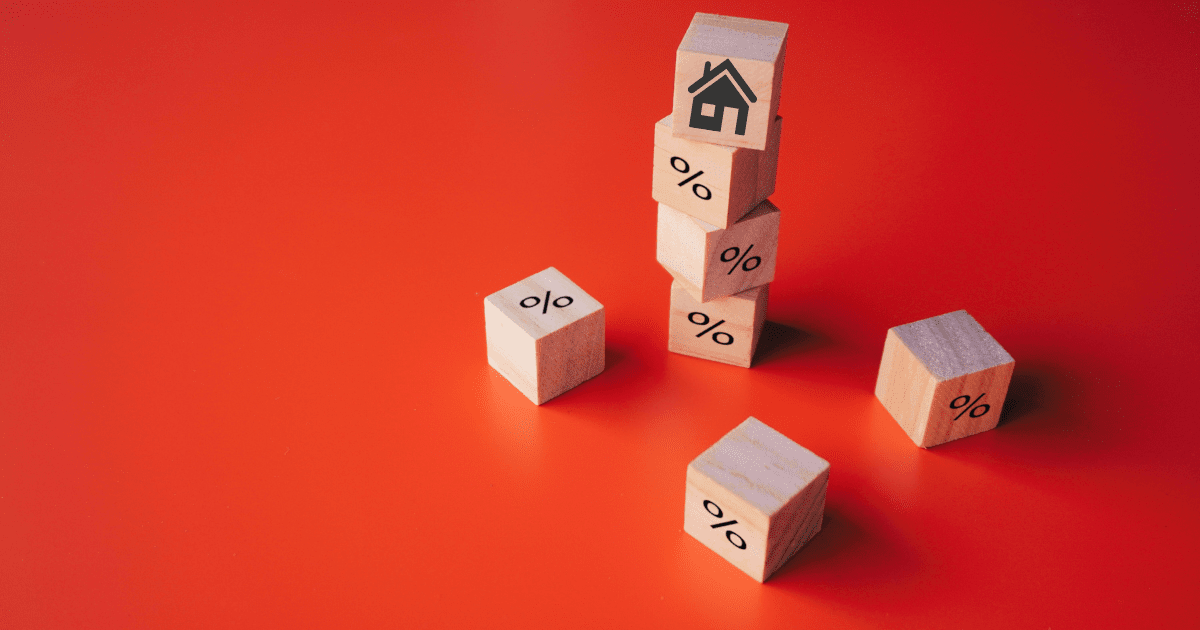Housing markets in Alberta are as diverse as they come, from the oil-powered northern community of Fort McMurray to the urban economic centre of Calgary.
However, while home price, commute time and even weather conditions often top the list of considerations for Alberta buyers, there’s one recurring carrying cost that flies under the radar during offer time – the amount of property tax they’ll pay throughout the lifetime of their home ownership.
Unlike general closing costs such as lawyer and title transfer fees, property taxes must be paid annually and theoretically – should housing values go up – only increase over time. The amount homeowners will pay also varies throughout the province, with dramatic gaps between the municipalities with the highest and lowest property tax rates.
For home buyers with the flexibility to choose their market, understanding how home values and market appreciation may impact this shelter cost should be carefully considered come offer time. According to calculations from online brokerage Zoocasa that compile property tax rates sourced from Albertan municipalities and August 2018 average home prices as reported from local real estate boards, a homeowner dwelling in Grande Prairie, which has the highest Albertan property tax rate of 1.48000 per cent, would need to shell out $4,767 more for a home that’s assessed at a value of $500,000 than a Fort McMurray resident, who enjoys the province’s lowest rate of 0.47454 per cent.
That property tax rates can vary so widely come down to two main variables: the assessment of each individual home and the mill tax rate implemented by their municipality. The first comes courtesy of the province of Alberta and is based on factors such as the home’s size, condition, land lot, upgrades and renovations, as well as the value of comparable homes in the neighbourhood. That assessment value is then multiplied by the rate set by the municipality, to determine the amount of tax said homeowner could expect to pay.
It may seem a simple calculation, but the politics behind property tax rates are often anything but as municipalities have much leeway when establishing them. The main deciding factor is the city’s budget for the year. Because property taxes are an important source of funding for services such as schools, road repair and transit – just to name a few – the proceeds from collecting them must be enough to cover those estimated expenditures.
However, cities can tweak the amount of tax they charge based on their own motivations. Those that have larger populations or higher home values typically have more wiggle room to keep property taxes low, further increasing the competitiveness of their real estate market. The opposite occurred in 2017 in both Calgary and Edmonton, to offset lower home sale prices.
Likewise, municipalities who wish to be more competitive to local businesses and industry may opt to increase property tax rates in lieu of keeping their commercial property tax rates low, or simply keep rates below inflation as part of a political campaign promise, as witnessed in the City of Toronto.
Wondering where in Alberta buyers may be taxed the most (and least) on their property values? Check out the infographic below to see what homeowners could expect to pay in each market based on sample assessments of $250,000, $500,000 and $1 million.
Penelope Graham is the managing editor of Zoocasa.com, a real estate resource “that uses full brokerage service and online tools to empower Canadians to buy or sell their home faster, easier and more successfully.”

















